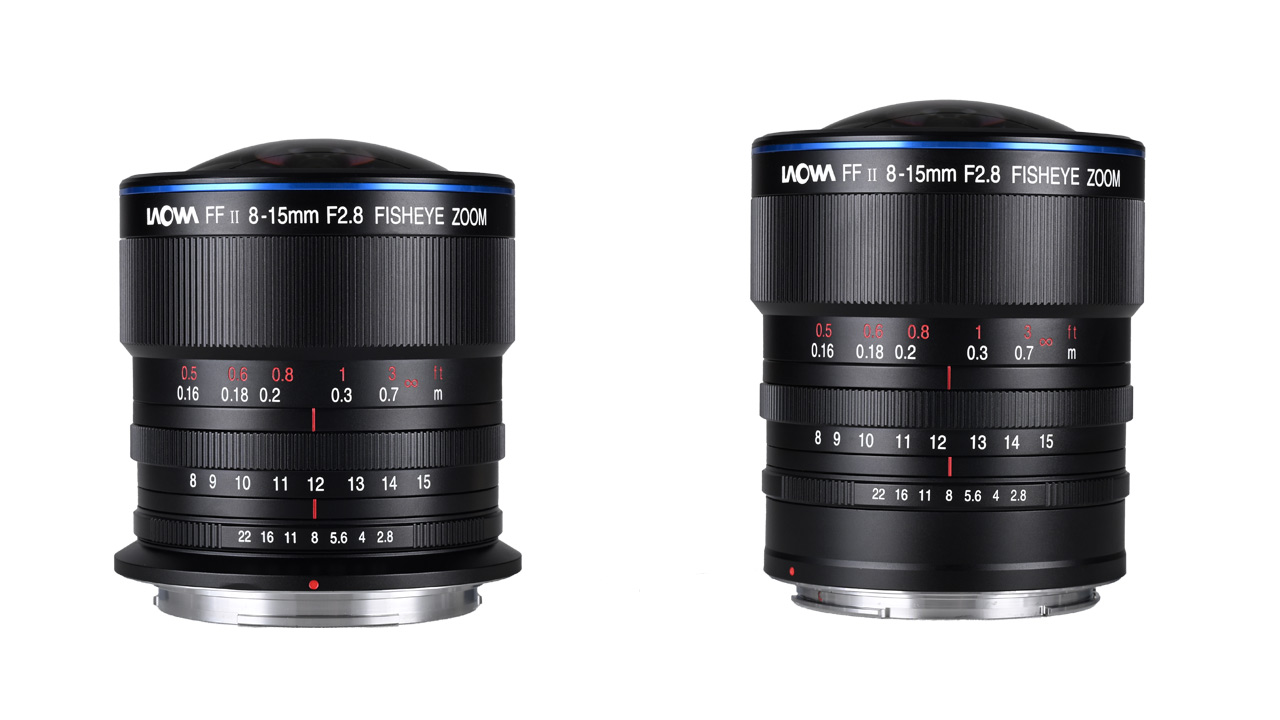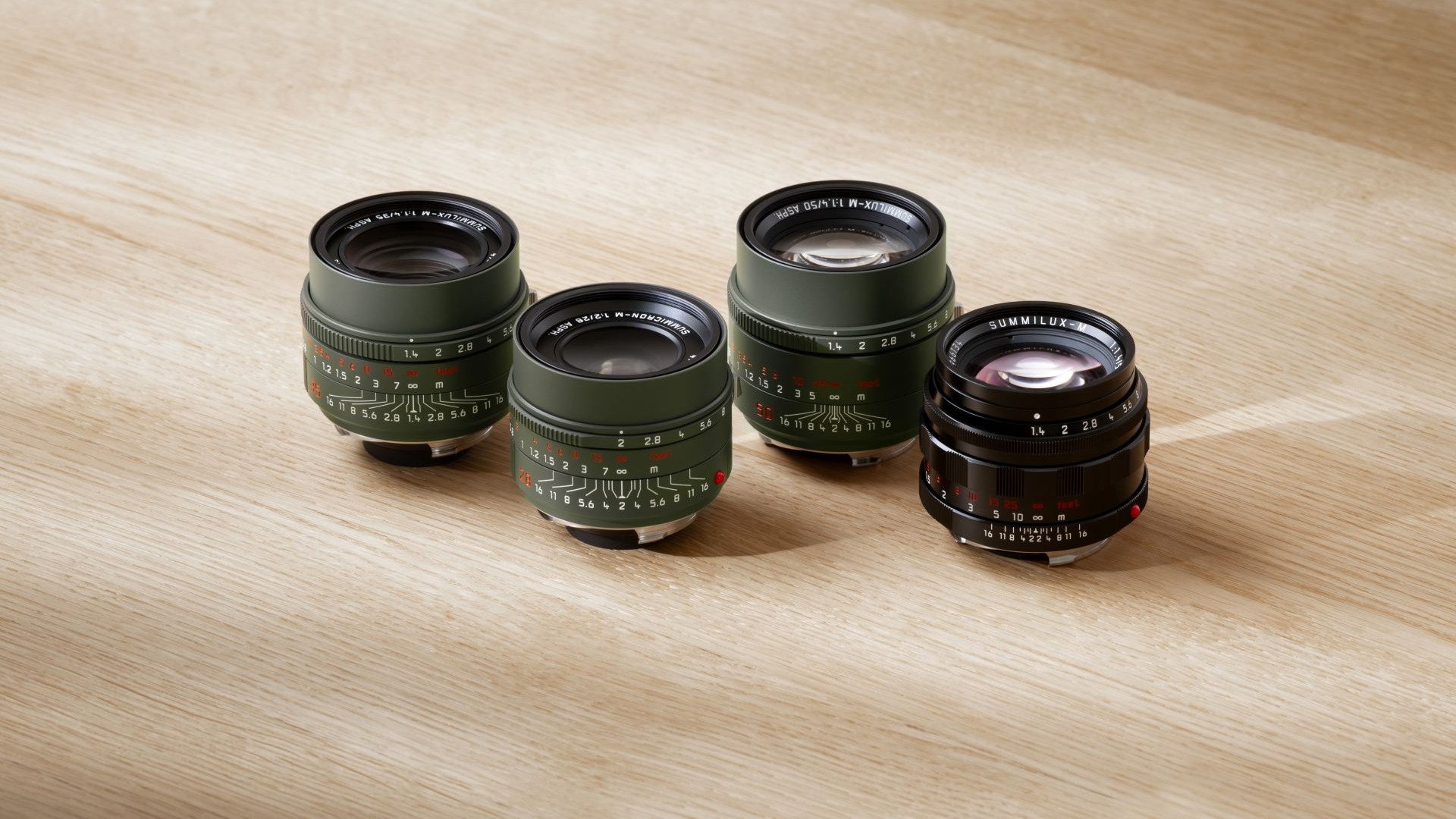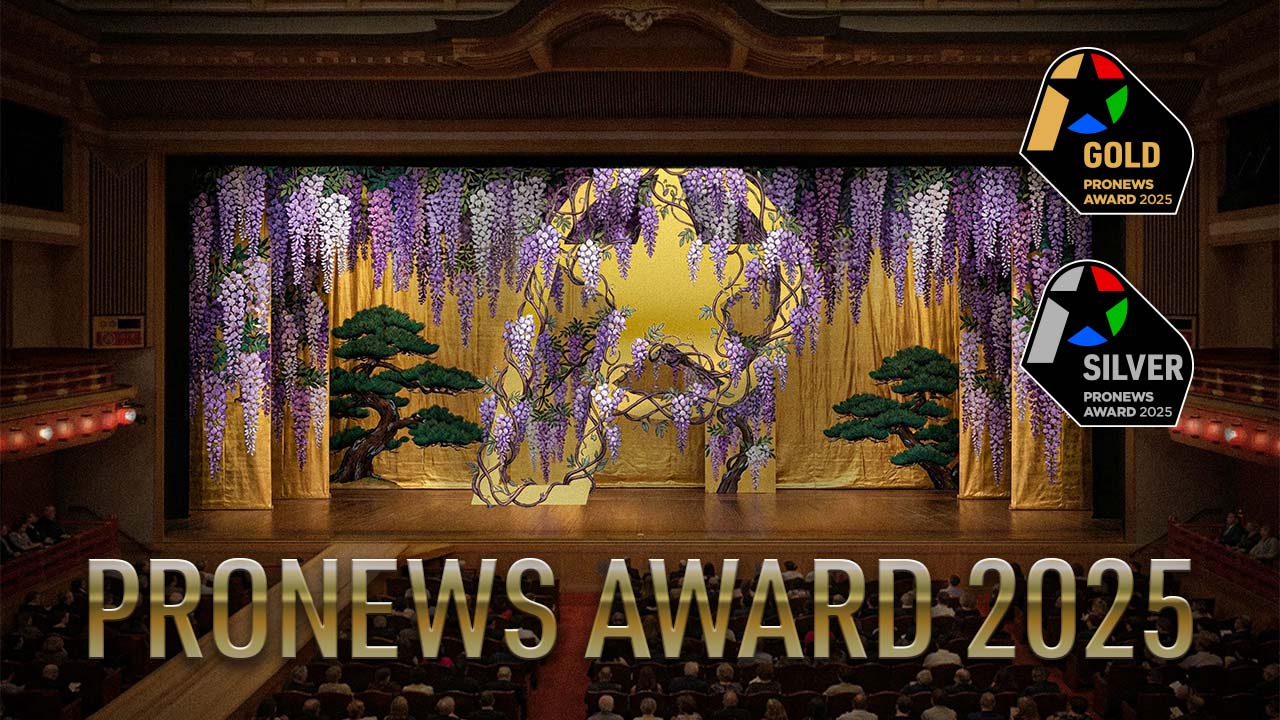When the Fujifilm GFX100 II was released last year, much hype and anticipation was put into this medium-format camera. Fujifilm themselves hyped the camera up as a highly capable cinematography camera. To put this camera to the test, Tokyo-based Albanian filmmaker and photographer, Erjol Muarem, used two GFX100 II cameras to produce a documentary video focusing on Bonsai. There was a lot that went into making this documentary, especially with the two stars of the show: Bonsai master Daisuke Mariko, and the featured dancer in the film, Maaya Egami. Volume 01 of this series will focus on our two stars and their impressions of the film, the event previewing the film, as well as the process of production with the GFX100 II.
Watch the film here, courtesy of Fujifilm and Uehara Studios:
The Preview Event in Aoyama, Tokyo

The “Living Art” Documentary previewed in the upscale Aoyama District of Tokyo. In cooperation with producers Uehara Production, the cast, most of the crew, and a row of carefully crafted bonsai were present. Every half hour or so, the documentary played. During first viewing of the documentary, everyone present went quiet, but everybody was focused on the beauty of the documentary-the carefully selected camera angles, the bright greens of the forest and the trees contrasted by Maaya’s elegant dancing, and the traditional, timeless feeling of Daisuke Mariko’s bonsai studio. After the first screening, the attendees broke into a significantly long ovation.

The attendees of the event were varied but also significant in number. A variety of Japan-based filmmakers, photographers-both film and digital, attended the event. Additionally, actors, dancers, models, artists, and friends of the crew were also present. The exact number of attendees was not disclosed at the time of writing, but everyone from guests to staff expressed surprise at the number of people who came out for the event.


About Daisuke Mariko

Daisuke Mariko is a bonsai artist here in Japan, who was greatly inspired by his father. During the planning phase of this documentary, Daisuke and Maaya both reached out to Erjol separately about two similar ideas, and after listening to Daisuke’s story, the idea to create the documentary was formed. Through this documentary, Daisuke wants people to become interested in Bonsai and Japanese culture. However, finding the right way to convey it to an audience is difficult. The creativity of putting the living art into documentary form provided a way for Daisuke to introduce Bonsai.

The documentary portrays, in Daisuke’s words, how he worked very hard to convince his father to follow his footsteps in Bonsai. Additionally, he conveys his passion for the delicate art of taking care of the bonsai trees. Some of the trees, both in the event and in the movie, were over 200 years old.
Producing the Documentary from Daisuke Mariko’s perspective

Daisuke Mariko expressed that his main goal for the documentary was to introduce bonsai at a deeper level. In particular, along with the difficulties and techniques, he wanted to show the world what REALLY bonsai is, besides just being one of the more well-known Japanese arts. Daisuke said that the art of “Bonsai is difficult, but anyone can do it!”
“Skill, precision, and patience is required for Bonsai.” To express that itself was the most important part of the documentary for Daisuke.
Fujifilm GFX100 II Experience – Daisuke Mariko’s Impressions

“The [Fujifilm GFX100 II] camera performance, depth, and imaging capability was really impressive,” Daisuke said regarding the camera. He expressed the GFX100 II was able to capture the bonsai very well. “During the shoot, when I saw the first images, it felt very close to what it looks like in real life. There was very little difference.”
Daisuke expressed how impressed he was about the Fujifilm color science. Fujifilm’s reputation with filmmakers is for its powerful greens capturing, and indeed the bonsai leaves were very deep green. These results made Daisuke very happy.
Daisuke Mariko’s Bonsai Philosophy
Bonsai is Daisuke’s life. Each bonsai is different in terms of how to take care of it, requiring personalized care and patience. This is quite similar to how we approach interpersonal relationships in real life. Art isn’t just art, art has life as well. Bonsai trees start off as small saplings, which require tender care to form the shape and character of the mature bonsai.
“The small bonsai gives us a chance to choose how we will grow the bonsai; this applies to our lives as well,” Daisuke comments about his philosophy of bonsai.
About Maaya Egami

Maaya Egami is a contemporary dancer who has worked with director Erjol Muarem for quite some time. The idea of combining bonsai with dance was originally her idea. After spending a year studying in London, she developed a close grasp of the importance of preserving Japanese culture and craftsmanship. Bonsai itself is well known globally, as she came to discover, but for her, bonsai came to mean more. Bonsai is living but also delicate and an intricate art.

Originally, Maaya’s idea was simply for an Instagram post, something simple and easy to shoot in her mind. Erjol though, he had other creative ideas in mind. Trying to combine Maaya’s dance with bonsai was not an easy ask. He did not want to turn her down, he wanted to expand the idea further, and after quickly talking with Daisuke, Erjol decided Maaya’s idea should be expanded into the documentary. She saw the documentary as a way to further preserve Daisuke’s and other bonsai artists’ works.

Maaya’s Impressions with the GFX100 II

“I was very moved from seeing the first footage from the start,” Maaya said regarding her first impressions seeing the footage right from the camera. The design of the camera’s large format sensor allowed it to shoot pretty wide shots in the forest. These shots were very deep, emotional, and colorful, even from the first files before coloring, which impressed Maaya.

Shooting her scenes in the forest was very difficult because of leeches and logistics of bringing the gear into the woods. The process did not allow for many cuts or retakes. After the staff felt a particular take was good enough, that was it, and they moved onto the next scene. Maaya also expressed happiness that staff on this project were also foreigners interested not just in modern dance, but also bonsai, Japanese culture.
Volume 02 – Hear from the director and DOP themselves
The next installment of this series will feature interviews with John Donica, DOP, and Erjol Muarem. They will give us more insight into the production process using the GFX100 II and the Premista lenses. Stay tuned, that episode will drop in the next few days.











